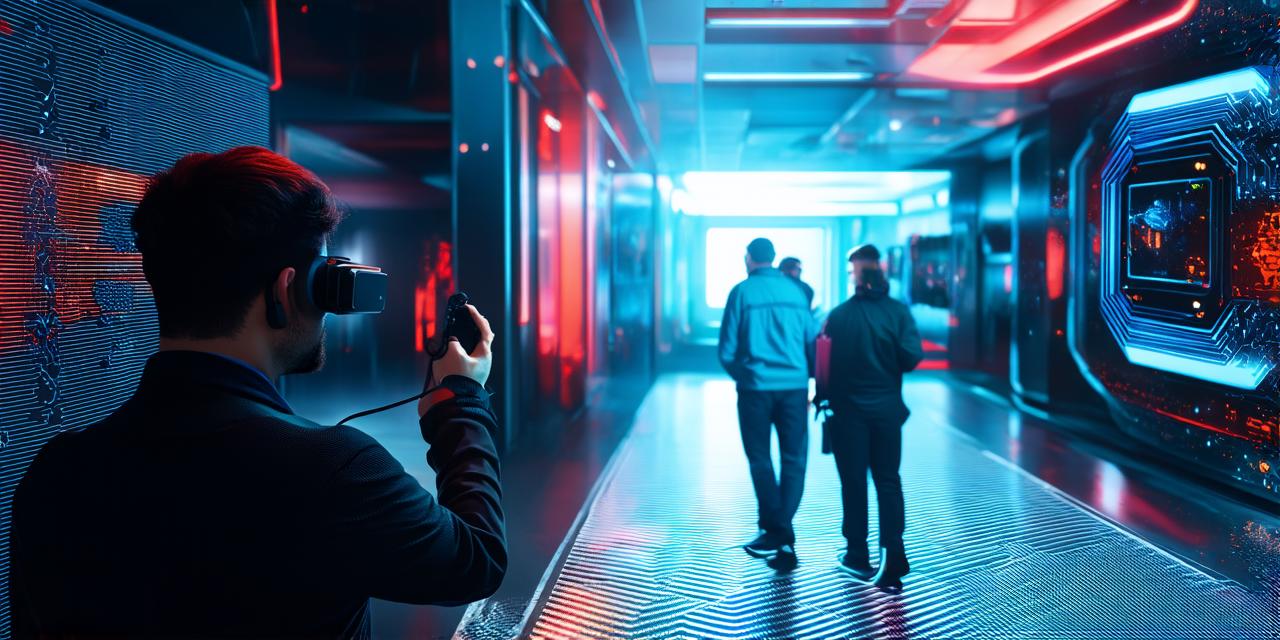Augmented Reality
AR is a technology that superimposes digital information onto the real world. This allows users to experience interactive and immersive content in their physical environment. AR has been used in a variety of industries, including marketing, entertainment, and education.
Notable Examples of AR:
- Pokémon Go: One of the most popular AR applications, Pokémon Go is a location-based augmented reality game that allows users to capture virtual creatures in real-world locations. The app uses the camera on a smartphone to overlay digital objects onto the real world, creating an engaging and interactive experience for players.
- Snapchat: Another popular AR application, Snapchat is a social media platform that enables users to add filters and effects to their photos and videos. This creates a fun and interactive way for users to share content with friends and followers.
- IKEA Place: IKEA Place is an AR app that allows users to visualize how furniture and decor items would look in their home before making a purchase. The app uses the camera on a smartphone to create a 3D model of the room, which can be customized with different pieces of furniture and accessories.
- Aurasma: Aurasma is an AR platform that enables brands to create interactive experiences for customers. For example, Nike used Aurasma to create an AR campaign for its Women’s World Cup soccer cleats. Users could scan the cleats using their smartphone camera, which would overlay digital content onto the real world, including information about the cleats and a video of a player wearing them.
Virtual Reality
VR is a technology that creates a fully immersive experience for users by simulating a 3D environment. This technology has been used in a variety of industries, including gaming, education, and healthcare.
Notable Examples of VR:
- Oculus Rift: The Oculus Rift is one of the most popular VR headsets on the market. It allows users to experience virtual environments that feel as if they are in the real world. The Oculus Rift has been used for gaming, education, and healthcare applications.
- Google Expeditions: Google Expeditions is a VR app that allows teachers to take students on virtual field trips to different parts of the world. The app uses 360-degree images and videos to create an immersive experience for students, enabling them to learn about different cultures and environments in a fun and interactive way.
- HTC Vive: The HTC Vive is another popular VR headset that allows users to experience fully immersive virtual environments. It has been used for gaming, education, and healthcare applications, as well as for training simulations in industries such as aviation and military.
- Pulse Room: Pulse Room is a VR platform that enables users to create and share virtual reality experiences. The platform allows users to create custom environments, add interactive elements, and collaborate with others to create unique experiences.
Mixed Reality
MR combines the best of AR and VR technologies to create a hybrid experience that blends real-world and digital content. MR has been used in a variety of industries, including gaming, education, and entertainment.
Notable Examples of MR:
- Microsoft HoloLens: The Microsoft HoloLens is a mixed reality headset that allows users to experience holographic content in the real world. It has been used for gaming, education, and enterprise applications, as well as for training simulations in industries such as manufacturing and construction.
- Magic Leap: Magic Leap is another mixed reality platform that enables users to experience digital content in their physical environment.
